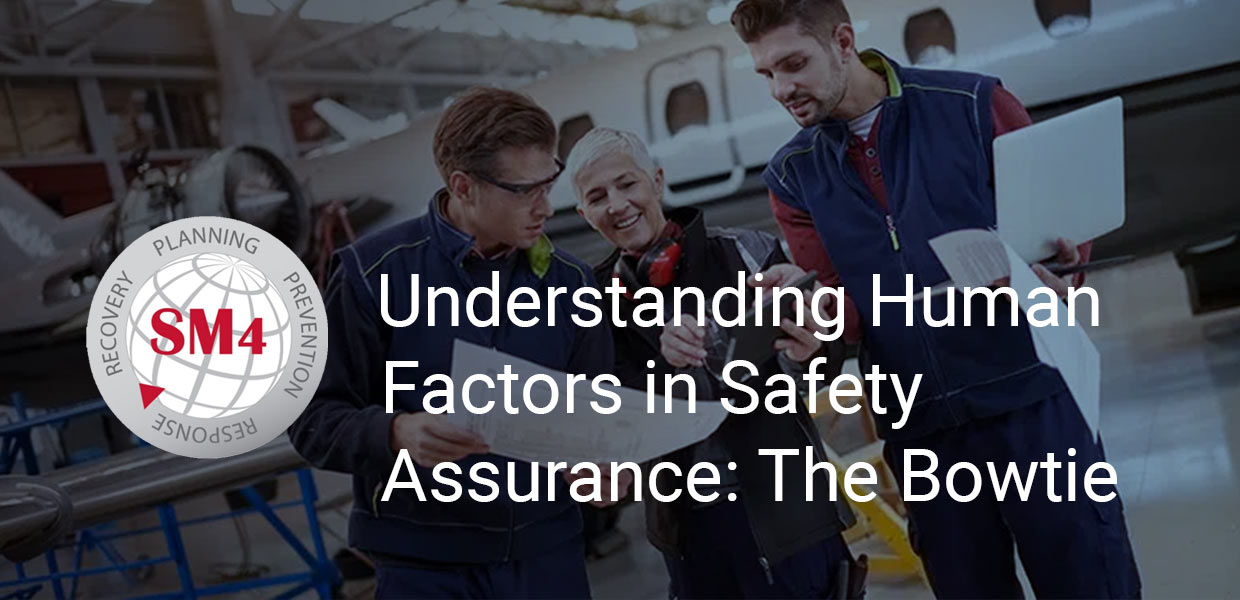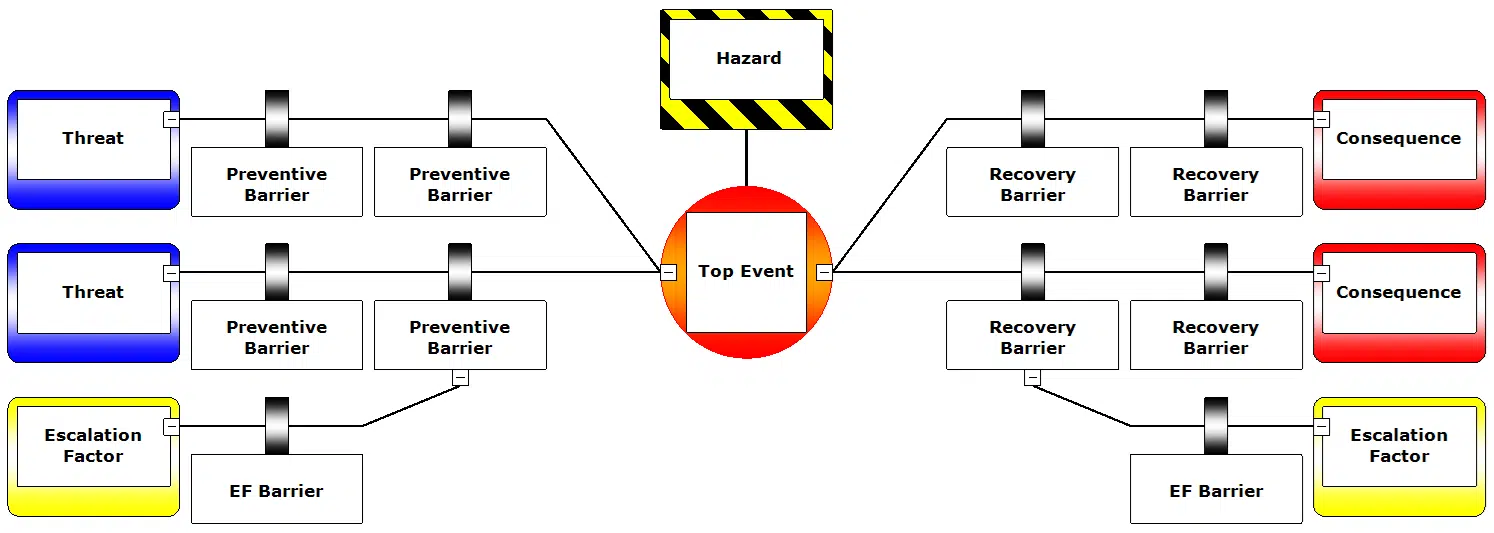
Understanding Human Factors in Safety Assurance: The Bowtie Method
Written for Global Aerospace by Matthew van Wollen, Pulsar Informatics
The primary goal of any flight department is to operate safely—and to be able to continue to do so, year after year. But ensuring safety is not one and done. It is an ongoing process, not an end state.
If there is one thing the past few years have taught us, it is that we live in a world of constant change. It may be an organism too small to be seen shutting down large swathes of the economy or events far away shutting down large regions of airspace. Or it may be factors much more mundane: staff turnover, new IT systems or a merger with another operator.
Whatever the case may be, the only certainty is that there will be uncertainty.
Defining Risk
Risk management professionals focus on uncertainty as the basis of the definition of risk. This association has its roots in statistics, where the variability of a metric is expressed in terms of error bars or confidence intervals. It is also a familiar idea in finance: the riskiness of an investment is simply the degree of unpredictability of its returns.
In aviation, managing risk is at the core of safe operations. Think about all the details that need to be lined up in order for a flight to successfully depart on time, navigate the skies and arrive safely at its destination. In an ideal scenario, all of these details are precisely equal to their pre-planned, expected values. But the reality of uncertainty means that some details will be perturbed. Some risk is always present.
The Final Frontier in Aviation Safety Assurance
Broadly speaking, the sources of risk in flight operations can be grouped into three categories: systems, processes and human factors. Systems encompass the airframe, avionics and all the other equipment that is instrumental to flying. Processes are the procedures and actions that flight crew perform, guided by detailed checklists. And human factors include an array of items, ranging from human-machine interface to fitness for duty.
The director of aviation of one of our customers, a Fortune 100 company flight department, shared with us his belief that it is this third category that represents the final frontier in aviation safety assurance. “A century of R&D in aviation technology has resulted in aircraft that are reliable and safe. And then we spent a decade or so honing our procedures. Now our focus is on the human element.”
Humans are not machines and certainly not programmable using checklists. Even more fundamentally, we exhibit large individual differences. It is tempting to think that managing human-centric safety risks can be an intractable ambition.
Here’s where new thinking in risk management can help. If we think of a high-risk situation as an event, we can separate the factors leading up to the event from the consequences that may stem from the event if it is left unchecked. This approach lends itself well to a visual diagram with the causal factors placed on the left, the event in the center and the potential consequences on the right.
It is helpful to break down the causal factors into groups, each of which shares common characteristics. Similarly, the consequences can be divided into several different outcome types, by degree of severity, for example. In this way, the two branches stemming from the event in the center are expanded into multiple pathways and we end up with two “wings” stemming from a central “knot”—a diagram that looks like a bowtie.
Leveraging the Bowtie Method
The bowtie method (as it has come to be known) was originally developed to meet the risk management needs of petrochemical refinery operations. It is increasingly being used in commercial aviation, mining and other industries.

The bowtie diagram not only helps illustrate complex sources of risk, but it also provides an intuitive way to visualize countermeasures (barriers) that can be implemented to mitigate these risks. In this way, it helps an operation ensure that appropriate risk controls are consistently and comprehensively being applied.
At Pulsar Informatics, we have used the bowtie method to illustrate a comprehensive approach to managing fatigue-related human factors risk in flight operations, drawing on our experience from working with customers in multiple industries. We have found that by mapping out the various ways in which impaired alertness can come about, we can precisely target these fatigue hazards with specific systems.
For example, one common fatigue hazard is simply not knowing how much fatigue is too much. Here, the barriers to counteract the manifestation of the high-risk event—a flight crew member operating a flight while fighting sleep, for example—would be 1) a recurrent training program covering the symptoms of fatigue and what countermeasures can be implemented to mitigate its effects and 2) a biomathematical model-based means of quantifying the level of fatigue so that pre-defined benchmarks could be set.
Beyond the basic bowtie diagram, it is essential to have management systems and workflows in place to put the safety plan into action. If you are interested in learning more about the bowtie method and how it can help frame your aviation operation’s approach to managing human factors safety risks, connect with us.